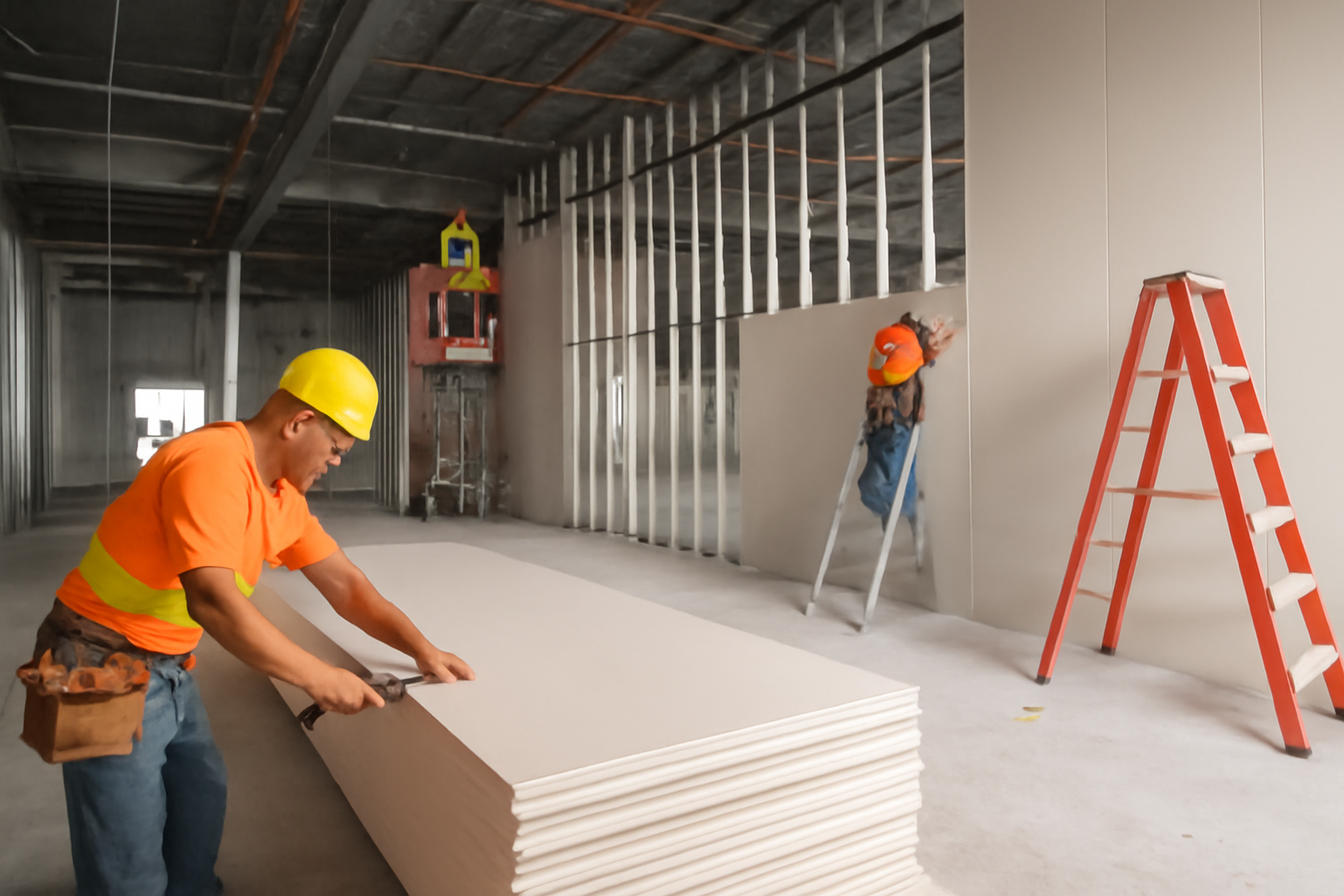
In an era of supply chain volatility and price unpredictability, escalation pricing has become a critical part of drywall estimating. Whether driven by raw material shortages, labor fluctuations, or geopolitical disruptions, drywall cost increases can derail project budgets if not anticipated early. For architects, engineers, and general contractors, knowing when and how to include escalation in drywall estimates is no longer optional—it’s strategic risk management.
Drywall is a high-volume, low-margin material, making it especially vulnerable to even minor cost increases. In multi-phase or long-duration projects, these shifts can significantly impact margins. Escalation pricing helps manage this risk by forecasting potential increases based on historical trends and market indicators.
There is no one-size-fits-all threshold for applying escalation. Instead, estimators should evaluate risk based on project-specific variables:
The key is to tie escalation allowances to objective metrics, not arbitrary markups. This builds trust with owners and provides a clear basis for cost tracking. Using a system like Active Estimating, estimators can tag material lines with projected escalation windows and isolate risk exposure areas for review.
A general contractor estimating drywall for a 14-month office tower project used drywall estimating logic to tag material packages expected to be bought in the second half of the schedule. Over $700K of board and insulation were identified for escalation review. A 9% rise in board costs occurred during that time—yet the estimate captured that buffer, protecting profit and avoiding contentious change orders.
Not necessarily. On short-duration or immediate-start projects with stable supply chains, escalation may not be warranted. However, with data-centric tools and historical benchmarks, teams can confidently justify when escalation is and isn’t appropriate—making their estimates both more accurate and more credible.
Drywall escalation pricing isn’t about padding the estimate—it’s about protecting project outcomes from predictable volatility. By using structured escalation logic within a transparent estimating platform like Active Estimating, teams can proactively manage risk and maintain profitability even in a dynamic market.
Contact Information:
Active Estimating
508 2nd Street, Suite 208
Davis
California
95616
Rich Schoener
richard@activeestimating.com
(877)
Schedule a personalized demo to see how Active Estimating can work for your specific needs.
